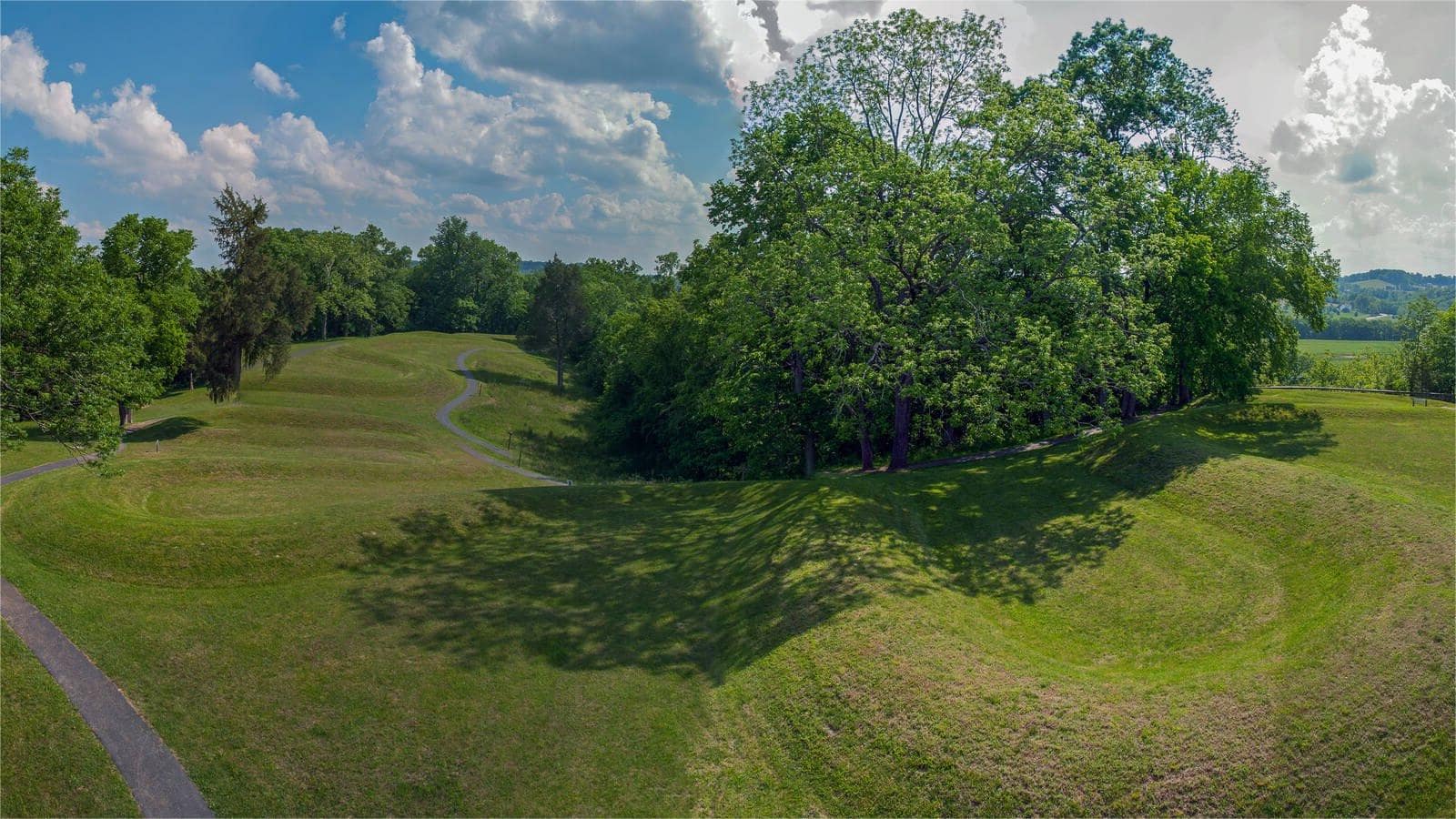Secrets Of Ohio’s Serpent Mound State Memorial

Have you ever wondered about the mysteries hidden in Ohio? One of the most intriguing places to visit is the Serpent Mound State Memorial. This ancient earthwork, shaped like a giant snake, has puzzled historians and archaeologists for years. Located in Adams County, the Serpent Mound stretches over 1,300 feet and is believed to date back to around 1000 AD. Some think it was built by the Adena culture, while others argue it was the work of the Fort Ancient people. Whether you're a history buff or just love a good mystery, this site offers a fascinating glimpse into the past. Ready to explore the secrets of the Serpent Mound? Let's dive in!
Secrets of Ohio's Serpent Mound State Memorial
Ohio's Serpent Mound State Memorial is a fascinating place, full of mystery and history. This ancient earthwork, shaped like a serpent, has intrigued visitors for generations. Let's dive into the secrets of this unique site and explore what makes it so special.
The Origins of Serpent Mound
The origins of Serpent Mound are shrouded in mystery. Scholars believe it was built by ancient Native American cultures, but the exact purpose remains unknown. Here are some key points about its origins:
- Adena Culture: Many experts think the Adena culture, which thrived around 1000 BCE to 200 CE, constructed the mound. They were known for their burial mounds and earthworks.
- Fort Ancient Culture: Others argue the Fort Ancient culture, which existed from 1000 to 1650 CE, may have built or modified the mound. They were skilled farmers and traders.
- Astronomical Alignments: Some researchers suggest the mound's design aligns with celestial events, like solstices and equinoxes, hinting at its possible use as an ancient observatory.
The Structure of Serpent Mound
The structure of Serpent Mound is impressive, stretching over 1,300 feet in length. Its unique shape and construction techniques are worth noting:
- Serpent Shape: The mound's winding form resembles a snake with a coiled tail and an open mouth, possibly swallowing an egg or the sun.
- Effigy Mound: Unlike typical burial mounds, Serpent Mound is an effigy mound, meaning it represents a figure or symbol rather than serving as a grave.
- Construction Materials: The mound is made of layers of clay and ash, covered with soil. This construction method has helped it withstand the test of time.
Theories About Serpent Mound's Purpose
The purpose of Serpent Mound remains a topic of debate among scholars. Several theories have been proposed to explain its function:
- Religious Significance: Some believe the mound had religious or ceremonial importance, possibly representing a deity or spirit in Native American mythology.
- Astronomical Calendar: Others suggest it served as an astronomical calendar, helping ancient people track celestial events and seasons.
- Burial Site: While not a typical burial mound, some researchers think it may have been part of a larger complex that included burial sites nearby.
Visiting Serpent Mound Today
Visiting Serpent Mound today offers a chance to connect with ancient history and enjoy the natural beauty of the area. Here are some tips for your visit:
- Visitor Center: Start at the visitor center, where you can learn about the mound's history and significance through exhibits and displays.
- Walking Trails: Explore the walking trails that wind around the mound, offering different perspectives and photo opportunities.
- Observation Tower: Climb the observation tower for a bird's-eye view of the entire mound, giving you a better sense of its scale and design.
- Picnic Areas: Bring a picnic and enjoy a meal in the designated areas, surrounded by the serene landscape of the park.
- Special Events: Check the park's schedule for special events, such as guided tours, educational programs, and stargazing nights.
Preserving Serpent Mound
Preserving Serpent Mound for future generations is crucial. Efforts are being made to protect and maintain this historic site:
- Conservation Projects: Ongoing conservation projects aim to prevent erosion and damage to the mound, ensuring its longevity.
- Educational Programs: Educational programs raise awareness about the mound's significance and the importance of preserving it.
- Community Involvement: Local communities and organizations play a vital role in supporting preservation efforts through volunteer work and fundraising.
The Mystique of Serpent Mound
The mystique of Serpent Mound continues to captivate visitors and researchers alike. Its enigmatic origins, impressive structure, and possible purposes make it a fascinating subject of study and exploration. Whether you're a history buff, nature lover, or curious traveler, Serpent Mound offers a unique glimpse into the past and a chance to ponder the mysteries of ancient cultures.
Why You Should Visit Serpent Mound
Serpent Mound is a must-see for anyone interested in history, archaeology, or nature. This ancient earthwork offers a unique glimpse into the past, showcasing the ingenuity of the Native American cultures that built it. The site is not just a historical landmark; it’s also a beautiful natural area perfect for hiking and picnicking. The visitor center provides educational exhibits that deepen your understanding of the mound's significance. Whether you're a history buff or just looking for a peaceful place to spend the day, Serpent Mound has something for everyone. Don't miss the chance to explore this fascinating site and uncover the mysteries of Ohio's ancient past. Plan your visit today and experience the wonder of Serpent Mound for yourself.

